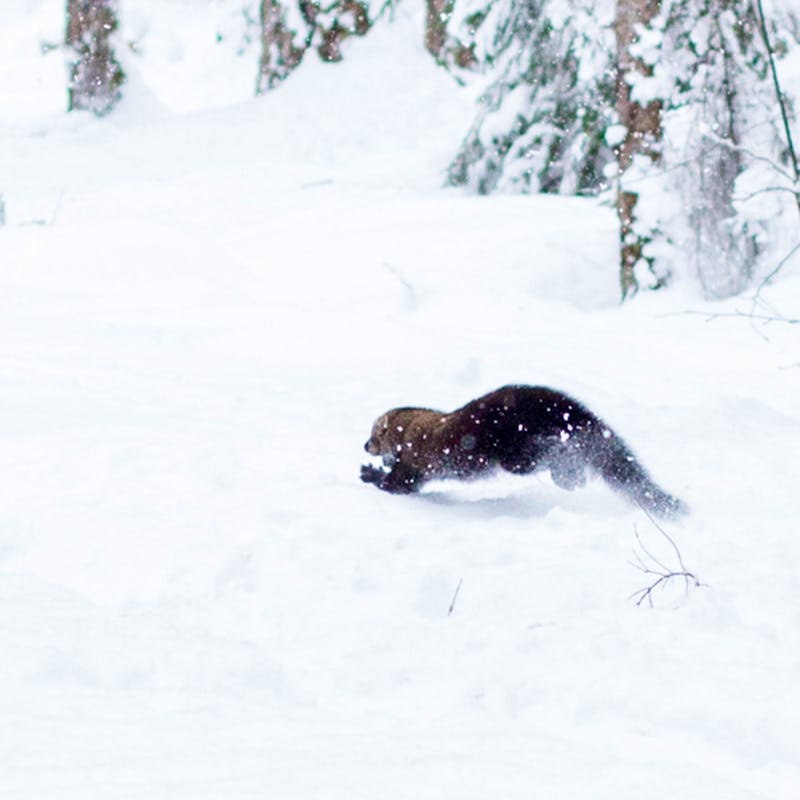On February 7, 2014, panel members of the independent scientific peer-review committee conducted by the National Center for Ecological Analysis and Synthesis (NCEAS) at the University of California, Santa Barbara unanimously told the U.S. Fish and Wildlife Service that the proposal to strip federal protections for gray wolves across most of the U.S. was “not based on the best available science.” NCEAS had assembled a panel of highly-respected scientists that represented a full range of scientific expertise on wolf genetics and taxonomy, yet even with the panel’s diverse backgrounds, the reviewers unanimously concluded that the science relied upon by the Service was not settled nor the best available. In addition, they raised several specific criticisms of the Service’s scientific rationale for the delisting proposal, which have major implications for protection of wolves going forward.

The panel found that the information used by the FWS to justify the delisting decision was selective, emphasizing certain facts and downplaying those that did not agree with the delisting. Key scientific studies were omitted or interpreted out of context. Some of the major problems identified by the independent reviewers included:
- The biological classification system used by FWS was outdated and inaccurate. A more suitable framework was available that would have resulted in 5-6 wolf populations or subspecies with ranges that followed ecosystem boundaries.
- The FWS position that eastern wolves (Canis lycaon) are a distinct species from other gray wolves (Canis lupus) is not a settled issue among scientists. Many experts believe that eastern wolves are a distinct sub-species or population of gray wolf, and not a separate species. Regardless of the status of this ‘eastern’ wolf, gray wolves also may have lived in eastern North America. FWS assumed that gray wolves were absent from the east, but this conclusion was based on a misreading of the science. The existence of an eastern wolf does not rule out the possibility of gray wolves living in the Northeastern U.S.
- FWS failed to note the genetic, behavioral, and ecological distinctiveness of wolves in the Pacific Northwest. These wolves could represent a distinct subspecies or population.
- FWS’s proposed historical range for Mexican gray wolves (C. lupus baileyi) was too geographically restricted, failing to account for documented historical presence of Mexican gray wolves in southern Colorado, Utah, and Nebraska.
Together, these problems led the review team to conclude that the wolf delisting proposal was not based on the best available science, which is the statutory threshold for all Endangered Species Act listing and delisting proposals. Although the reviewers were charged to not comment on policy matters, their comments nevertheless lends strong support to what opponents of the delisting proposal have said all along: that the Service’s proposal is based upon selective science, flawed and premature. Under these circumstances, can the delisting proceed without a more solid foundation in science?

Click here to send a letter to Secretary Jewell asking her to withdraw the delisting proposal.
Whatever comes next, the independent peer review process showcases the supreme importance of separating endangered species science from undue political influence. Peer review can sometimes be brutally critical of research flaws, but over time the peer review system serves as a means to correct and improve administrative decisions that rely heavily upon scientific research and knowledge. Without even having to step into the policy arena, the NCEAS wolf peer reviewers showed how a scientific consensus can be achieved despite having different disciplinary backgrounds and points of view.
Dan Thornhill, Ph.D., Conservation Scientist
Chris Haney, Ph.D., Chief Scientist



